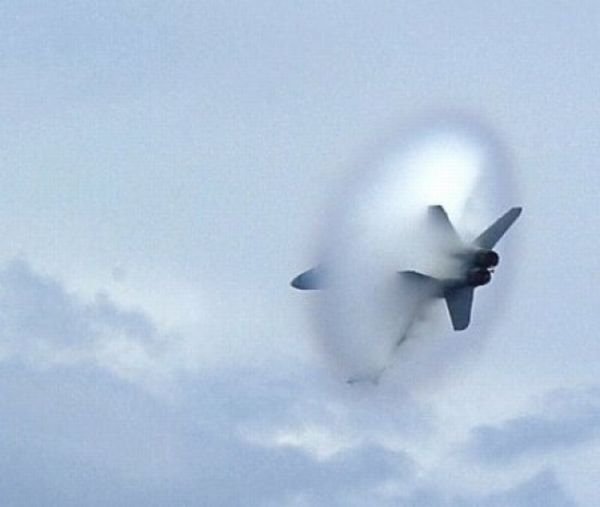|
|
Breaking The Sound Barrier
|
The sound barrier may have been first breached in nature some 150 million years ago. Some paleobiologists report that, based on computer models their biomechanical capabilities, certain long-tailed dinosaurs such as apatosaurus and diplodocus may have possessed the ability to flick their tails at supersonic velocities, possibly used to generate an intimidating booming sound. This finding is theoretical and disputed by others in the field.
Early problems
The tip the propeller on many early aircraft may reach supersonic speeds, producing a noticeable buzz that differentiates such aircraft. This is particularly noticeable on the Stearman, and noticeable on the T-6 Texan when it enters a sharp-breaking turn. This is undesirable, as the transonic air movement creates disruptive shock waves and turbulence. It is due to these effects that propellers are known to suffer from dramatically decreased performance as they approach the speed sound. It is easy to demonstrate that the power needed to improve performance is so great that the weight the required engine grows faster than the power output the propeller. This problem was one the issues that led to early research into jet engines, notably by Frank Whittle in England and Hans von Ohain in Germany, who were led to their research specifically in order to avoid these problems in high-speed flight.
|
|









